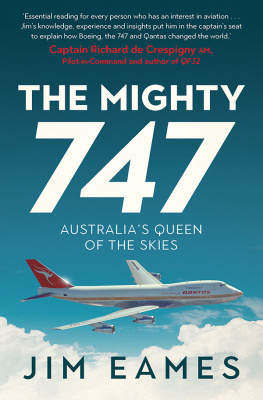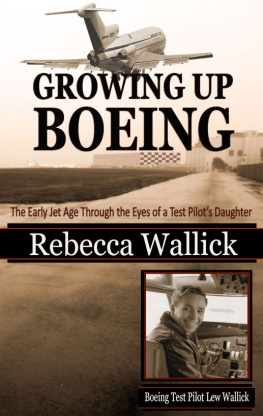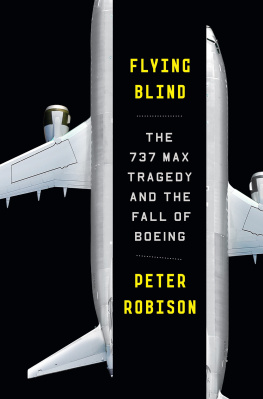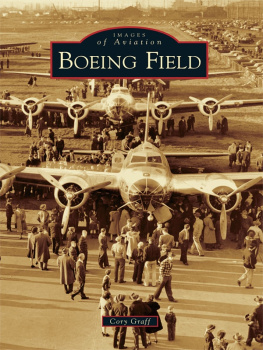
A B & W, the first airplane model produced by William Boeing and his partner, Navy Lt. George Conrad Westervelt, taxis across Seattles Lake Union.

Passengers pose in front of the Model 80, built by Boeing Air Transport. It was the first American airliner designed with passenger comfort in mind.

The advanced B-29 Superfortress (right) was much larger than its predecessor, the B-17 Flying Fortress (left).

The X-15 research rocket plane, built by North American Aviation, launches from its NASA B-52A mothership.

The Apollo 8 Saturn V spacecraft lifts off. It was the first manned spacecraft to orbit the moon, giving people on Earth a view of their planet from space.

F/A-18 Hornet Blue Angels fly in delta formation. In 1986, the U.S. Navy designated the F/A-18 the official Blue Angels jet.

The space shuttle Endeavour docks with the International Space Station. The image was captured by a crew member of a Russian Soyuz spacecraft that had just undocked.

A 787-8 Dreamliner flies over the Oregon coast.

The CST-100 crew capsule, shown in an artists rendering, is Boeings newest foray into spaceflight.
Copyright 2015 The Boeing Company. All rights reserved. No part of this book may be reproduced in any form without written permission from the publisher.
constitutes a continuation of the copyright page.
ISBN: 978-1-4521-4053-7 (hc)
ISBN: 978-1-4521-4895-3 (epub, mobi)
Library of Congress Cataloging-in-Publication data available.
Designed by Zach Hooker.
Cover design by Zach Hooker.
Permission to reproduce works of art, photographs, and artifacts in this volume was provided by the rights holders, when they could be identified. Every effort was made to obtain and verify accurate identifying information for the works. Please notify The Boeing Company of any inaccuracies, and corrections will be included in future editions.
www.boeing.com
Chronicle Books LLC
680 Second Street
San Francisco, California 94107
www.chroniclebooks.com
CONTENTS
Introduction
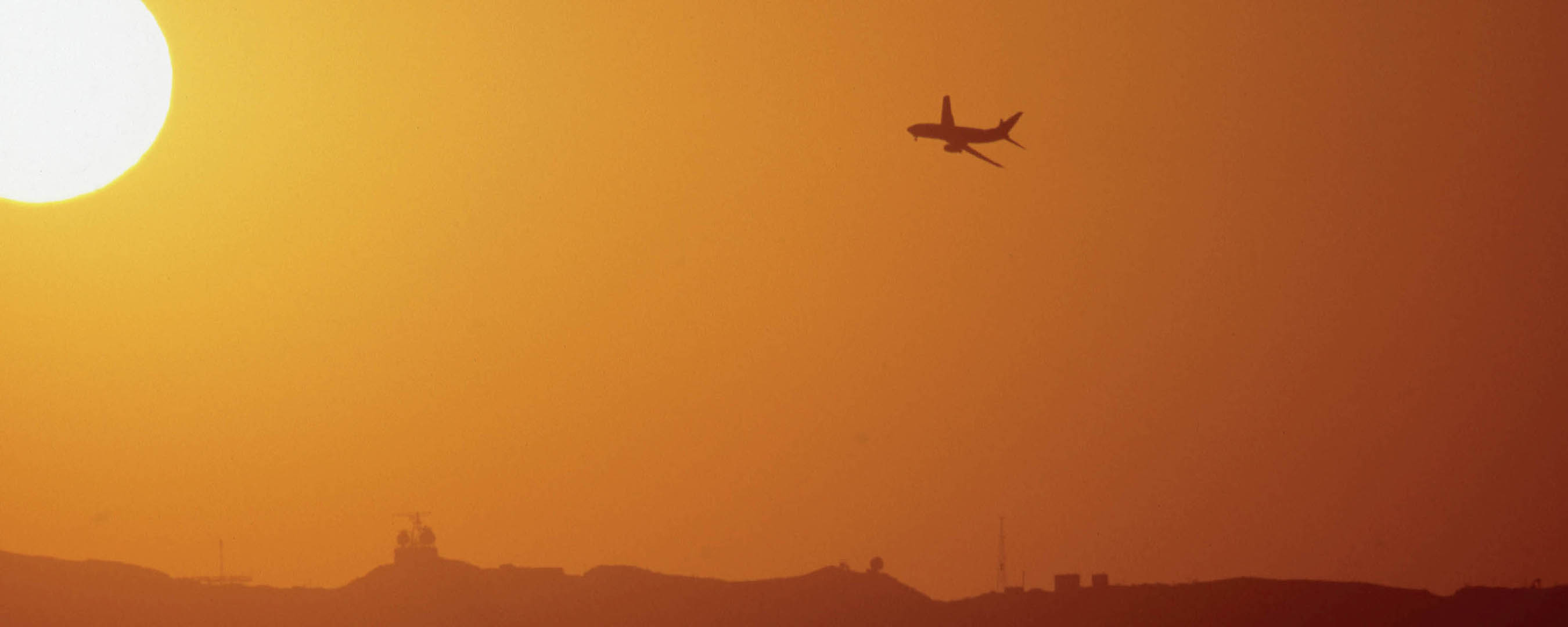
A 737-700 banks in a sunlit sky. The 737 is the best-selling airliner in aviation history.
In 1916, lumberman Bill Boeing built an airplane in a boathouse in Seattle and entered the brand-new field of aviation. One hundred years later, air travel is commonplace, and the name Boeing is synonymous with flight around the world
The story of how a small local company venturing into a new industry became a global household name is one of tremendous achievement and perseverance. The history of The Boeing Company is inseparable from that of human flightfrom the early days of commercial aviation and strategic air power to the current age of jet travel and space exploration.
It is a story not just of great successes but also of struggles and setbacks. Within the aviation industry, Boeing engaged in bruising competitionand, when necessary, close collaborationthat spurred even greater triumphs. Today, Boeing and its former competitorsincluding Douglas Aircraft, McDonnell Aircraft, and parts of North American Aviation and Hughes Aircraftare united as one global enterprise that is leading the field of aerospace into the future.
Above all, the Boeing story is about the many thousands of men and women who have demonstrated imagination, resilience, and tenacity in their quest to take humankind faster, farther, and higher than ever before.
The Beginnings
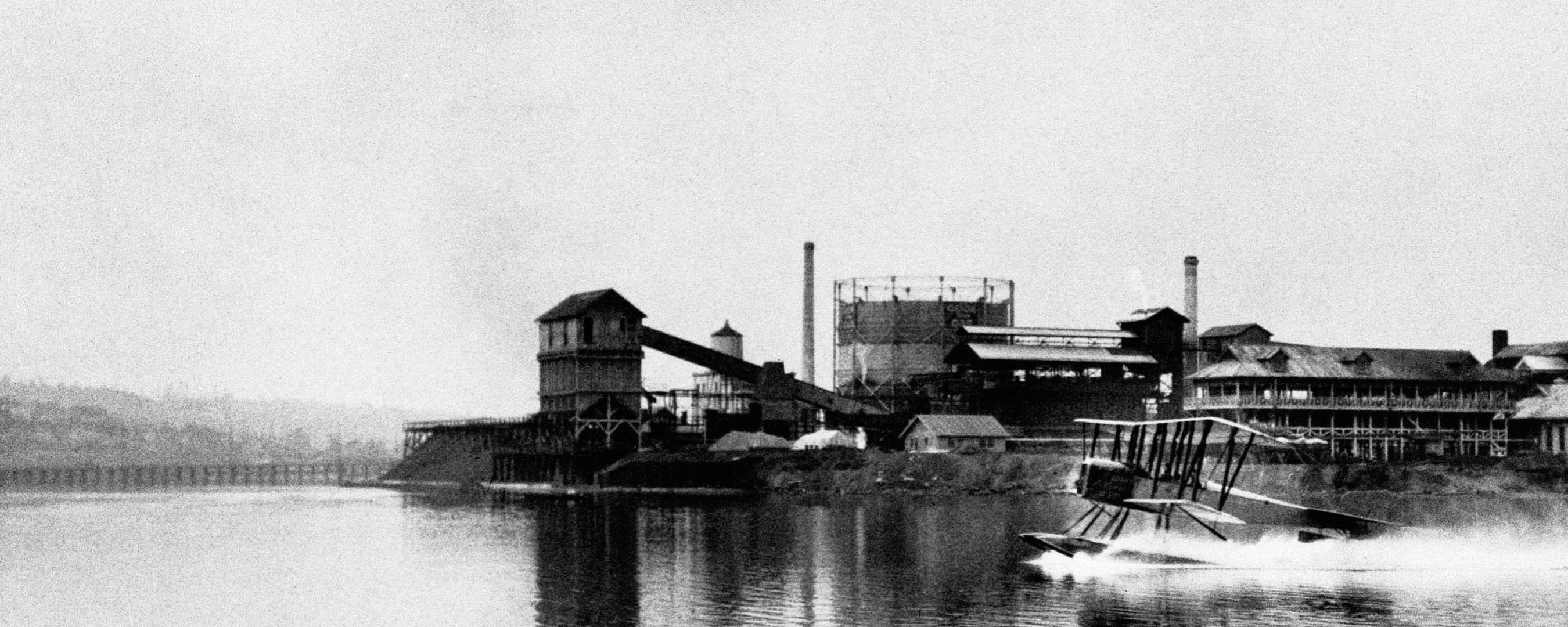
The first B & W airplanes were built in a boathouse on Lake Union in Seattle.
At the turn of the 20th century, the world seemed like a much smaller place. Roads were unpaved and rutted, and most people got from here to there in a horse and buggyfrom here to there being a distance of no more than 50 miles. For longer distances, travelers had the costly options of journeying by rail or ship. A trip across the United States took at least a week. A transatlantic journey from New York to Southampton, England, required a minimum of five days, and therefore such trips were not common.
Then, two brothers who operated a bicycle shop in Dayton, Ohio, demonstrated the feasibility of machine-powered human flight. The physical boundaries that held humans on the ground were conquered at last. Although the link between flight and travel was not immediate, the brothers achievement would make long-distance travel accessible to the public in only a few years.
So extraordinary was the first sustained heavier- than-air human flight by Orville and Wilbur Wright on December 17, 1903, that French inventor and engineer Louis Bleriot wrote, The most beautiful dream that has haunted the heart of man since Icarus is today reality. No one alive at the time would have disagreed.
Certainly not Bill Boeing. For this 23-year-old who had just left Sheffield Scientific School at Yale University, science and adventure were inextricably linked. Boeing had studied engineering at Yale and had a bent for all things mechanical, an early biographer noted. He enjoyed testing his physical skills and stamina, racing boats and cars. His adventurous interests led him to Grays Harbor, Washington, where he quickly learned the logging business on some timberland owned by his family.
Year by year, Boeing added to these holdings and traded them, gradually establishing himself in the Pacific Northwest as a sharp businessman, a man on the go, in the parlance of the day. In 1908 he moved his operations to Seattle, where he founded the Greenwood Timber Company, joining a class of other timber barons including Frederick Weyerhaeuser and Jack Eddy. Still, something was missing, an undefined need to engage in a business that was more exciting than buying timberlands and cutting down spruce.
Perhaps this explains Boeings business diversifications. His first was the acquisition in 1910 of the Heath Shipyard on the Duwamish River, where he had previously had a yacht called the Taconite built. Piloting the yacht appealed to his sense of adventure. So did the prospect of flying in an airplane, a longing he had harbored since the Wright brothers accomplished their historic feat a few years before.
Next page

